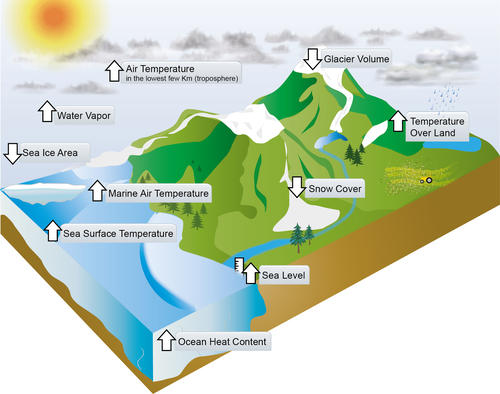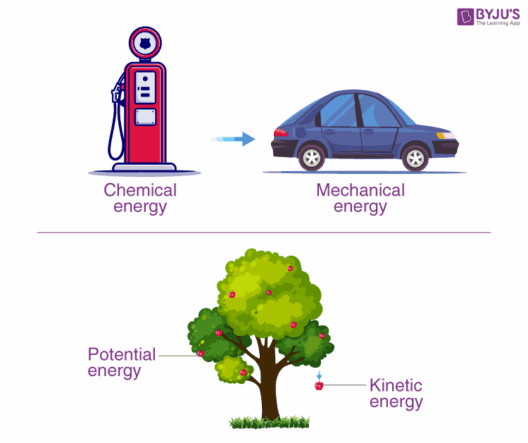Water scarcity is one of the most pressing issues facing the global community today, intensifying with the burgeoning impacts of climate change. This phenomenon, often referred to as a “thirsty planet,” encapsulates a range of complexities associated with dwindling water resources, exacerbated by global warming. Understanding how climate change influences water scarcity is pivotal for strategizing effective mitigation and adaptation measures.
Global warming, the gradual rise in Earth’s average temperature due to greenhouse gas emissions, significantly alters hydrological cycles. Higher temperatures accelerate evaporation rates from soil, water bodies, and vegetation. This heightened evaporation diminishes the available surface water, crucial for agriculture, industry, and personal consumption. Regions that rely on consistent rainfall patterns may find these patterns disrupted, leading to prolonged droughts or torrential floods—both of which adversely impact water availability.
To comprehend the impact of global warming on water resources, one must consider the interplay between temperature fluctuations, precipitation variability, and the increasing frequency of extreme weather events. Climate models predict that some areas will experience increased rainfall, while others may suffer from significant reductions. The net effect often leads to a paradox: while some regions flood, others encounter acute water shortages, creating a disparity that exacerbates social and economic inequalities.
An essential consideration is the role of glaciers and snowpack as natural water reservoirs. Many major rivers rely on meltwater from glaciers, especially during dry months. However, as global temperatures rise, glaciers shrink at alarming rates. This diminishes the long-term viability of freshwater supplies, particularly in regions such as South Asia and the Andes, where millions depend on these water systems for their daily needs. The accelerated melting also creates inherent risks, such as glacial lake outburst floods, further destabilizing water availability.
Moreover, the impacts of global warming on groundwater supplies cannot be overemphasized. As surface water becomes scarcer due to evaporation and altered precipitation, societies increasingly turn to groundwater as an alternative resource. The over-extraction of groundwater leads to significant depletion, presenting further challenges. Sustainable management practices are often lacking, leading to a cycle of degradation. In arid regions, such as parts of the American Southwest and the Middle East, this practice has already elicited land subsidence and reduced water quality.
A comparative analysis of water-stressed regions reveals the multifaceted nature of this issue. In Sub-Saharan Africa, for instance, water scarcity is intricately linked to socio-economic factors, compounded by climate change. Many rural communities are primarily dependent on rain-fed agriculture, rendering them exceptionally vulnerable to fluctuations in rainfall. Traditional coping mechanisms are becoming increasingly inadequate in the face of intensifying droughts, necessitating adaptive strategies that embrace modern technology and enhanced resource management.
Conversely, highly industrialized regions may not experience direct water shortages but face significant water quality challenges stemming from climate change. Increased precipitation can lead to greater runoff, which carries pollutants into freshwater bodies, compromising the quality of available water. This scenario necessitates a dual focus—not only on conservation and efficient use of water but also on pollution minimization and innovative treatment solutions.
Urban areas are also significantly affected as populations swell, and demand for freshwater surges. Climate-induced water scarcity can escalate competition for limited resources, potentially engendering social unrest. Innovative infrastructures, such as rainwater harvesting, wastewater recycling, and the strategic planning of urban landscapes to optimize water retention, become crucial components of an integrated approach to urban water management.
Addressing the issue of water scarcity amid climate change requires global collaboration and comprehensive policy frameworks. Integrated Water Resource Management (IWRM) offers a holistic approach, promoting the sustainable development and management of water resources, emphasizing stakeholder participation. Countries must work collectively, sharing knowledge and technology to develop resilient water systems that can withstand climatic uncertainties.
Education and awareness are pivotal in catalyzing community action against water scarcity. Encouraging individuals to adopt water-conservation practices not only alleviates immediate pressures on water supplies but fosters a culture of sustainability. Strategies such as xeriscaping—designing landscapes to reduce or eliminate the need for irrigation—can be readily adopted in residential settings. Furthermore, public campaigns highlighting the importance of water conservation can galvanize community engagement and action.
Additionally, financial incentives can bolster investments in water-efficient technologies and infrastructure. Governments and private entities must prioritize funding for research initiatives focusing on sustainable water sourcing and treatment methodologies. As climate change continues to evolve, adaptive management strategies are critical in mitigating the effects of water scarcity.
In conclusion, the concept of a “thirsty planet” succinctly encapsulates the challenges posed by global warming on water resources. The manifestations of water scarcity are varied and complex, influenced by climatic, geographical, and socio-economic factors. To secure a sustainable future, it is imperative that global communities recognize the critical interdependence of water and climate and take decisive action toward creating resilient water management systems. The challenge is formidable, but with concerted efforts, innovative solutions, and a commitment to sustainability, a paradigm shift is achievable.







